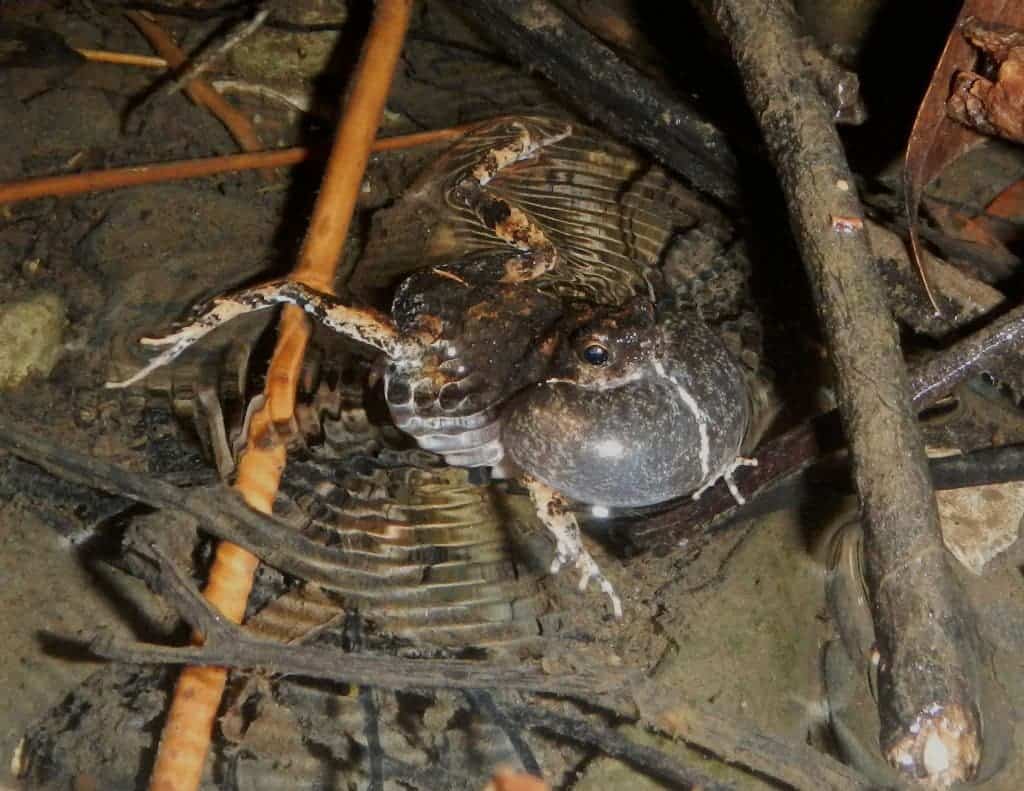Living by the forest may be romantic, but living in a city makes you more attractive to the opposite sex — if you are a túngara frog, at least.
Increasingly, recent studies have shown significant differences between urban animals and rural-dwelling creatures from the same species — and this makes a lot of sense. Mankind is causing dramatic changes over a wide range of environments and many creatures are slowly adapting to urban conditions. Just recently, researchers found that some urban spiders are no longer afraid of lights; now, a new study reports that city life makes male frogs more attractive.
The authors, led by Wouter Halfwerk from the Vrije Universiteit Amsterdam, compared the ‘chuck’ calls of frogs living in both urban areas and forests near the Panama Canal.
Previous research had found that creatures, such as birds, frogs, and grasshoppers sing or call differently in noisy urban areas, but it was unclear what the effects of these changes are.
“Urbanization can cause species to adjust their sexual displays, because the effectiveness of mating signals is influenced by environmental conditions,” researchers write in the study. “Despite many examples that show that mating signals in urban conditions differ from those in rural conditions, we do not know whether these differences provide a combined reproductive and survival benefit.”
Now, researchers found that urban frogs “sing” more often and use more complex calls than their rural counterparts. They then recorded these calls and played them back to female túngara frogs in the lab. They found that 75% of the females were more attracted to the more complex urban calls.
It’s not exactly clear why this happens, though researchers suspect it has a lot to with how safe the environment is. While calling out can help you get a mate, it can also draw in predators. Since cities generally have far fewer predators, frogs are free to let ‘er rip.
“It definitely shows that if you change the abundance of predators, parasites and mates, that induces a strong evolutionary response,” says Halfwerk.
However, city environments are also more fragmented, which means it’s more difficult to find a mate. So it’s possible that frogs developed their calls because they have to signal more often.
“It is harder for males to get mates in the city and so that is why they even have to work harder than their forest counterparts to get the females,” said Halfwerk.
The team now aims to carry out genetic studies, as well as a large-scale breeding project, to see how these characteristics are passed down through the generations.
However, an important takeaway is that human activity is rapidly changing natural habitats. Creatures are forced to adapt — and sometimes, some of them are very successful, but unfortunately, other times they are not — so urbanization has clearly become a strong selective agent.
The study was published in Nature Ecology and Evolution.










